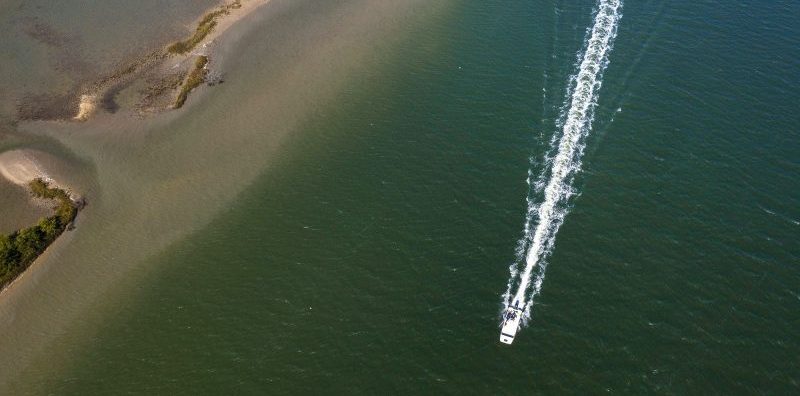Human activity ‘helped fuel’ red tide events, new study reveals
Human activity ‘helped fuel’ red tide events, new study reveals
UF News
Blake Trauschke
In a new study that is the first to explain what some have long suspected, researchers found that human activity helps sustain and intensify naturally occurring red tide blooms in Southwest Florida.
Conducted by researchers at the University of Florida, Sanibel-Captiva Conservation Foundation and Sarasota Bay Estuary Program, the study found that while a combination of factors contributes to red tide blooms, human activity has played a consistent role in intensifying them during the past decade.
The researchers linked blooms in Charlotte Harbor and surrounding coastal areas to nitrogen inputs from the Caloosahatchee River, Lake Okeechobee and areas upstream of the lake. The study was published in the journal Science of the Total Environment.
“While red tide blooms develop naturally, we took a long view and found evidence that human activity has helped fuel coastal blooms in this estuary to varying extents between 2012 and 2021,” said Miles Medina, lead author of the study and a research scientist at UF’s Center for Coastal Solutions.
Determining what contributes to red tide intensification has been a priority for coastal states, as the harmful toxins these blooms create affect humans and sea and land creatures alike.


